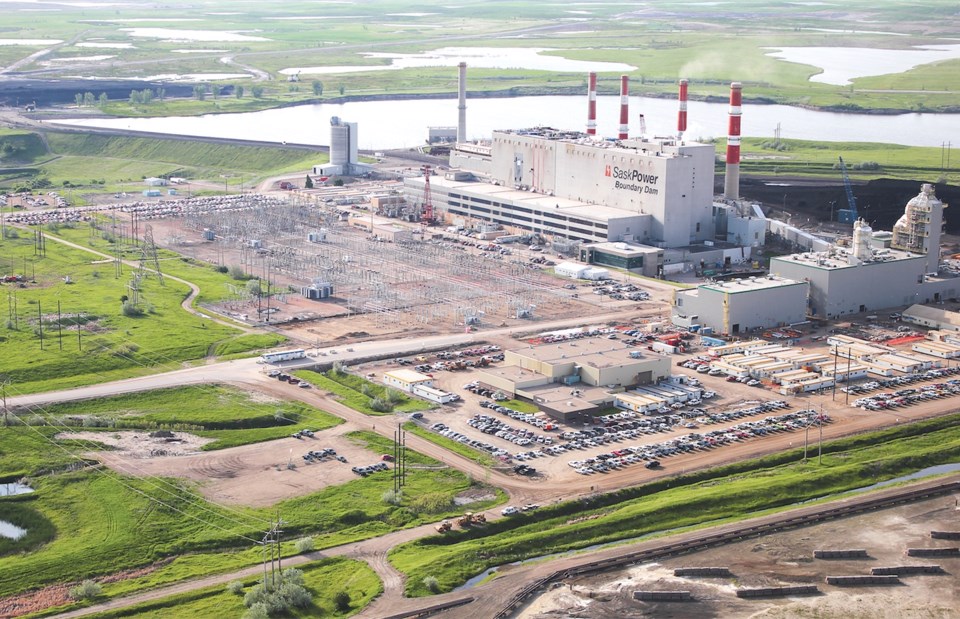When Unit 4 at the Boundary Dam Power Station went offline in December 2021, the prevailing expectation was that it was curtains for the long-standing, reliable member of SaskPower’s baseload generation fleet.
But a funny thing happened. SaskPower realized it still needed BD4. So a couple of months after its retirement, it was pressed into service to meet the needs of customers on those cold winter days. And it’s been back in service many more times since then.
In fact, from April 1, 2022, to March 31 of this year, it was online the equivalent to 138 days, or roughly 38 per cent of the year. BD4 has had more comebacks than a retired rock group.
SaskPower says Unit 4 will now remain on standby until March 31 of next year, or until a new natural gas power station in Moose Jaw comes online.
While those of us in Estevan are largely happy to hear that SaskPower has to keep pressing this stalwart back into service, providing constant reminders of coal’s reliability, it might not be the most reassuring development for SaskPower.
The Crown corporation will tell you that it has had to lean on BD4 so much because of growing power demands. And there is something to be said on that front. There are now more people living and working in Saskatchewan than ever before. They will need electricity.
But if SaskPower is constantly returning to a unit that was supposedly retired 16 months ago, then maybe some of these generating options aren’t meeting expectations, and these options aren’t as effective as some idealists want you to believe.
During those cold winter nights, you need a power option that we can count on. We know coal will work. We know solar won’t be on at night. And on the coldest nights, when wind doesn’t blow, wind-powered turbines won’t be there for us, either.
Ditto the summer months. Granted, you’ll get up to eight more hours a day of light to fuel the solar-power panels. But what about at night? And if the wind isn’t causing the turbine blades to spin, then you need something to keep our air conditioners and our fans on.
If some of the non-coal options were working as well as some hoped, then we wouldn’t have to keep turning back to coal.
The days of conventional coal are numbered. We know that. Due to the current federal government, conventional coal’s demise is going to come 12 years earlier than originally planned. And SaskPower seems to be looking towards a life after CCS, regardless of how well the facility at Boundary Dam operated in the final 10 months of last year.
Based on the amount of time BD4 was online last year, we don’t have those options in Saskatchewan to replace coal right now. Natural gas works for baseload power, but the price is unreliable.
What are we going to do if coal, whether it be conventional coal or CCS, isn’t an option come 2030? Small modular reactors won’t be operating until at least 2034, based on timelines released by SaskPower. The feds love hydroelectric power, but it’s not as feasible for Saskatchewan as it is in say, Manitoba.
Importing power? That’s not going to be cheap. Manitoba and North Dakota are good neighbours, but they aren’t running a charity.
Clearly, SaskPower has to be pleased with Unit 4’s performance over the past year. And it has decreed that once Unit 5 comes offline at the end of next year, it will be in a lay-up status until the end of 2027.
You have to wonder how much Unit 4 will be pressed back into service between now and its final demise, whenever that might be.
Until Unit 4 permanently retires, you can be sure it will be counted on a lot.




